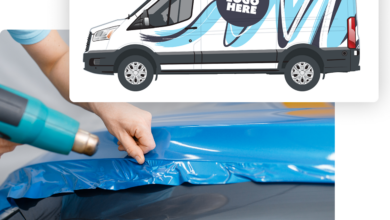Most RIP software today has been simplified to import your art, choose a predefined setting for your garment, and then print. That being said, RIP software can go deeper into settings in which the average user may not know. Some of these settings could include various color editing controls, image editing capabilities, custom platen creation, refining the alignment of the white and color layers, and the ability to increase or decrease the volume of color and white ink.
If you are a more advanced user or someone who has mastered the basics elements of your printer and would like to explore the capabilities of your system, most RIP software companies have in-depth training available, but you may need to ask for this information. For our customers, often we will remotely connect to their computer and walk them through some of these features. A recent example is a customer had an image they wanted to fade and create smoother edges. After connecting, we showed him how to generate the white layer in the RIP, export, and open it in a photo editing software to make adjustments then reimport the adjusted layer back into the RIP. Even though this information was available, the customer overlooked it and called us for assistance, but he may not have known without asking.
As with anything new, it’s important to take your time and work on the basic elements of the software before moving on to some of the more advanced features. If you decide to jump all in, be sure to look over all the documentation and contact your dealer for features that may need clarification.
—ColDesi



